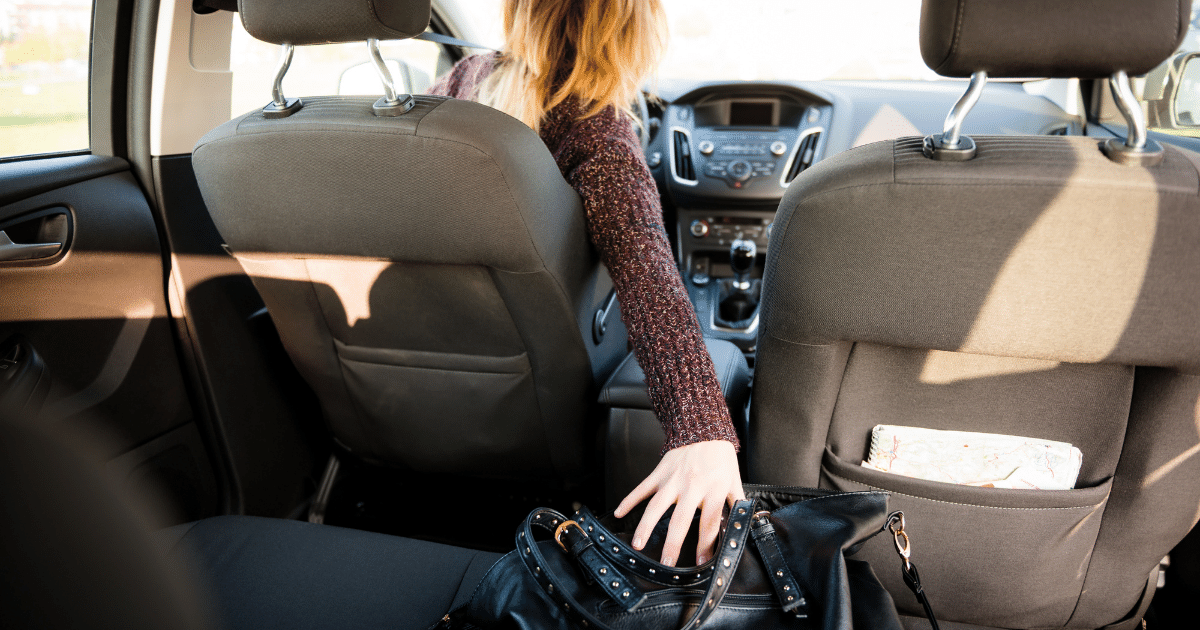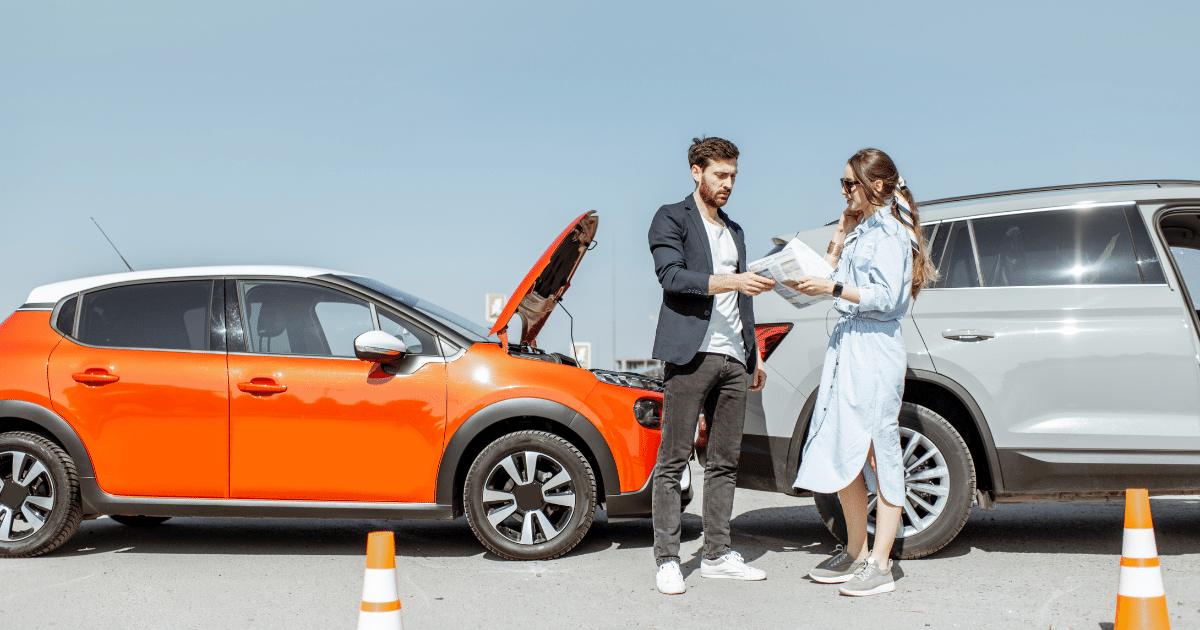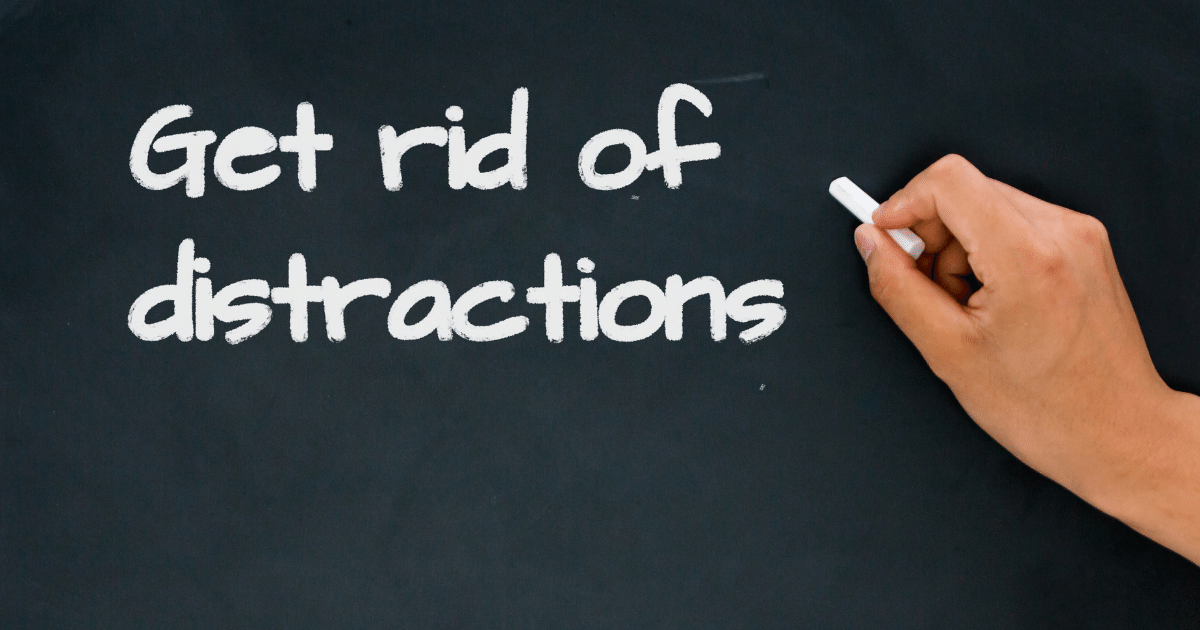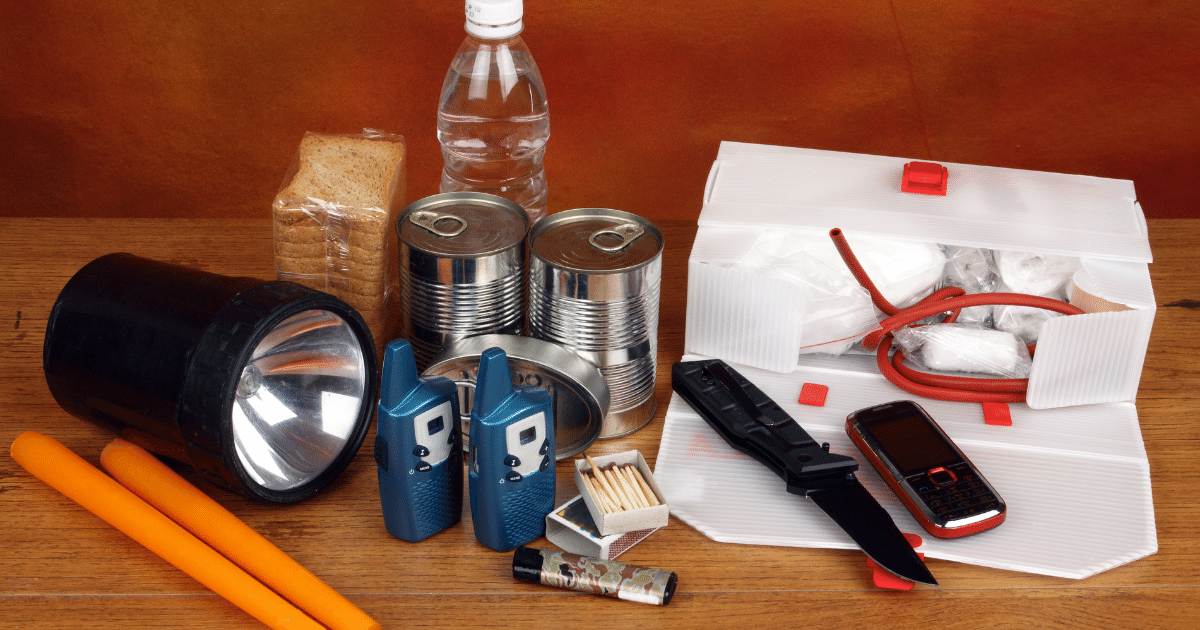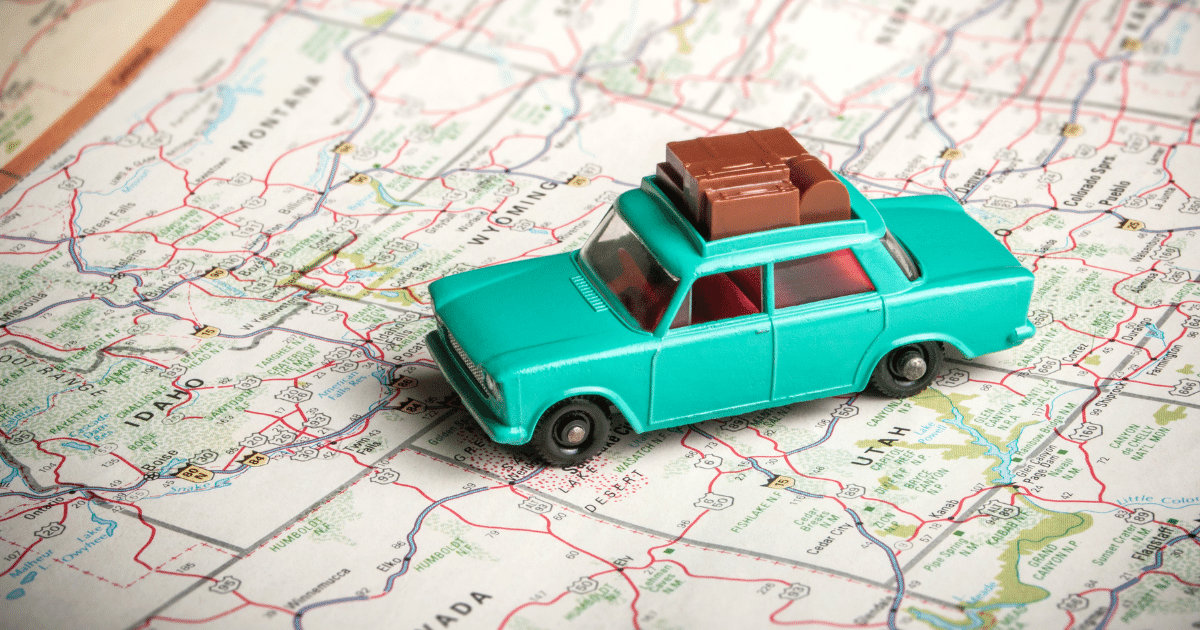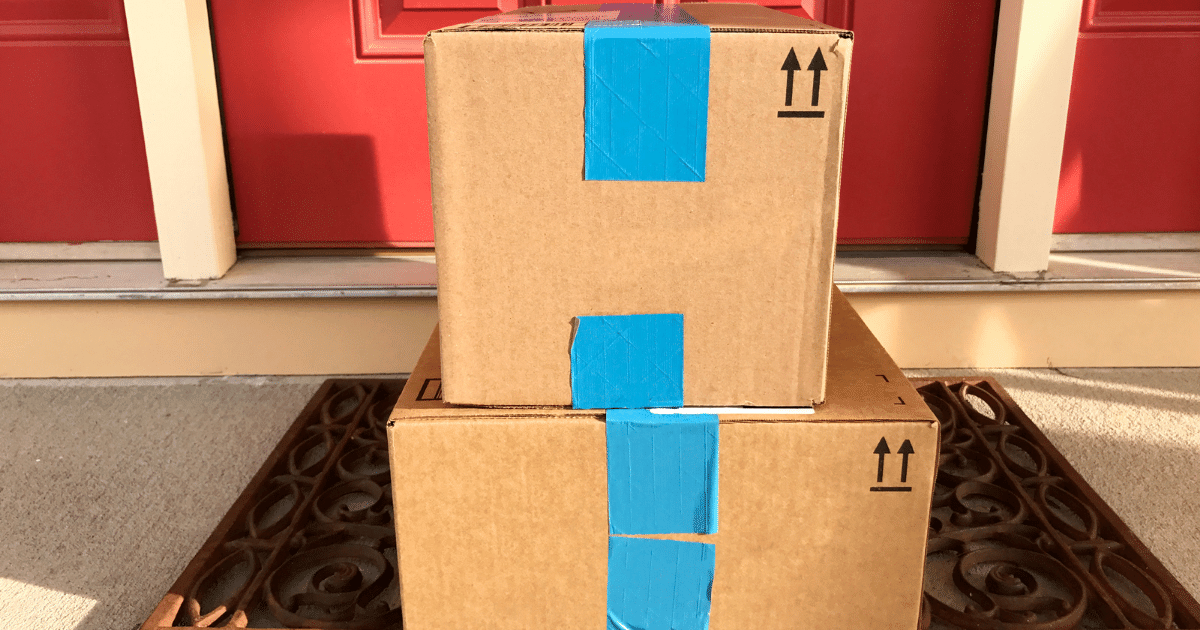
Package Theft and How to Avoid it
Not on my porch: How to avoid package theft
Package Theft: For all the convenience that ordering online gives us, there is an unfortunate downside – our delivery may be taken by someone else before we’re able to get our hands on it.
Package theft, especially around the holidays, is a growing inconvenience for many consumers. Approximately 26 million Americans say they’ve experienced package theft, with the number increasing every year as “porch pirates” get bolder and ordering online grows in popularity.1
No one wants to fall victim to the antics of a porch pirate – including you. Consider implementing these low-cost solutions so your package makes it off the porch and into your home.
- Ship it to work.
Keep your package off the porch in the first place. If your company allows, consider shipping your packages to your workplace instead of your home. - Enlist a neighbor’s help.
Do you have a neighbor or a friend that’s usually home? If so, see if they can wait for your package or keep an eye out for it. - Require a signature.
Consider requesting a signature for your package to be dropped off. That way, your package won’t be left on your porch exposed to potential thieves. - Be proactive.
If you’re sending a package, ask the recipient to share information on the safest way for them to receive deliveries. - Take advantage of alternative delivery options and alerts.
FedEx, the U.S. Postal Service and UPS all have alternative pickup and delivery options available. Visit their websites to explore your options and update your delivery preferences. You can also sign up for delivery alerts to track your package and stay up-to-date on delivery times. - Get technical.
Consider investing in low-cost technologies like automatic light timers and motion-censored lights. - Keep your porch clear and visible.
It may seem counter-intuitive, but if a thief has no place to hide, they’re less likely to take the risk of going up to your porch in the first place. - Ask for your box to be nondescript.
Ordering from a high-end store? Consider marking the “gift” checkbox when you purchase so the package comes in a plain box. You can also request this of friends and family so your box doesn’t grab attention. - Find strength in numbers.
Neighborhood groups on social media or community apps like Nextdoor can provide your neighborhood a system for reporting suspicious activity to each other. - Visit the UPS article on How to keep packages safe from box bandits
It may not be a low-cost option, but our list wouldn’t be complete without the recommendation of a home security device. Signs announcing the presence of a home security system can go a long way in your efforts to scare off a thief. In fact, homes without security systems are 300% more likely to be broken into or vandalized.2 Bonus: You may be able to receive a discount on your homeowners’ insurance. Contact one of our agents for details.
Strategically-placed security cameras, or devices like video doorbells and lock boxes, can also go a long way in mitigating package theft and have increased in popularity for their ability to catch thieves in the act.
As long as you’re shipping products to your door, there’s a chance your package will be a target. Use these strategies to deter package theft and finally get rid of porch pirates for good.




